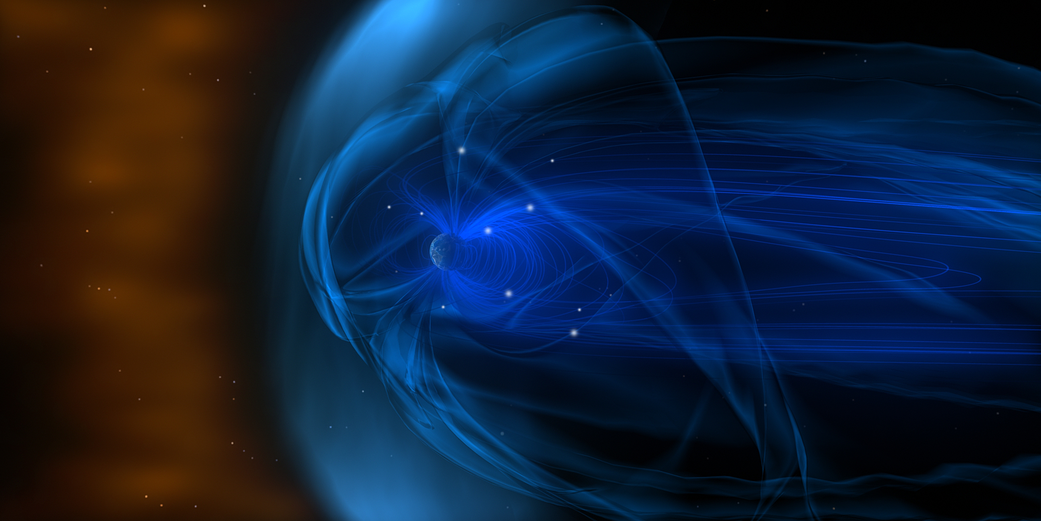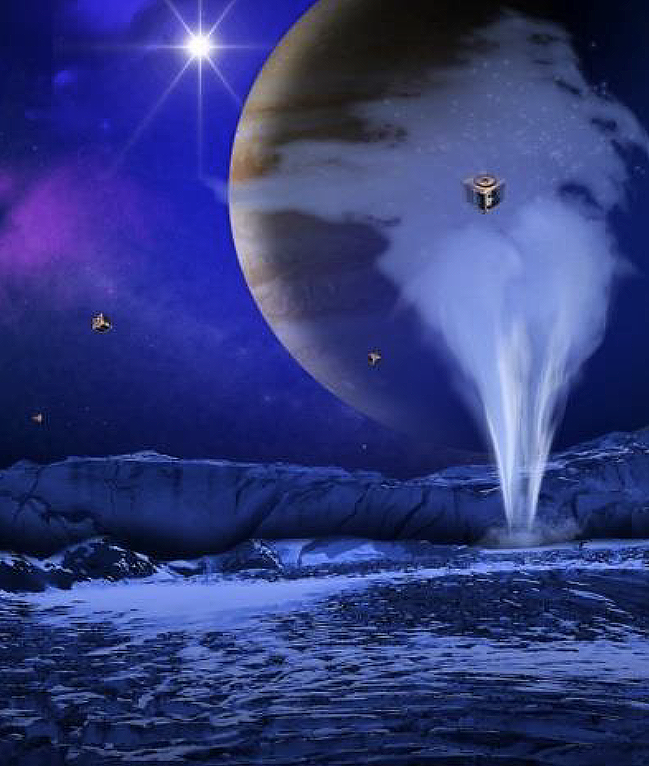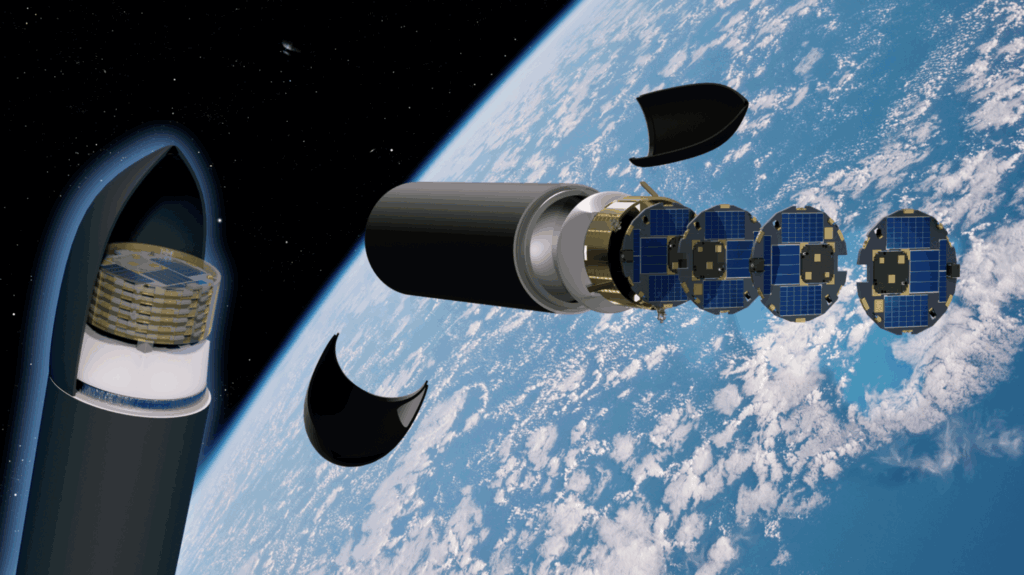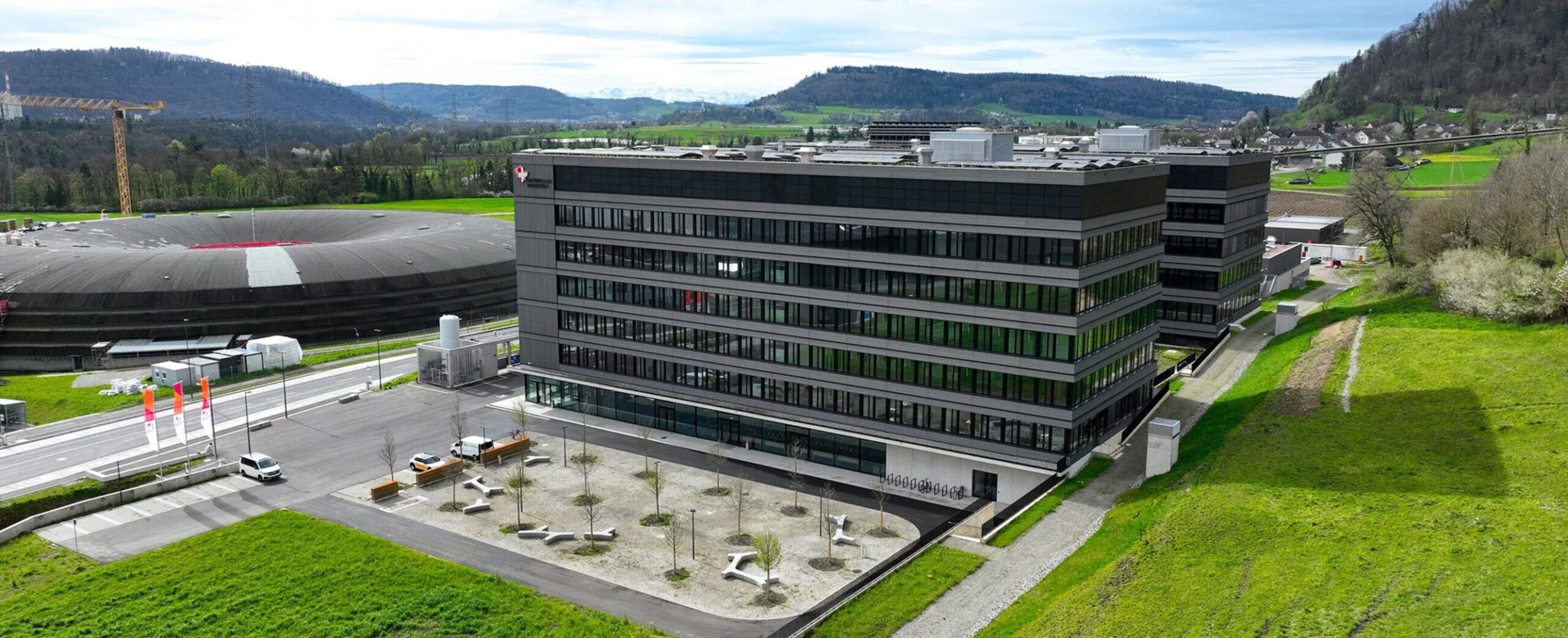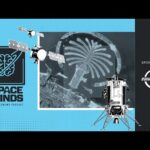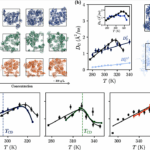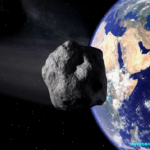Now Reading: Autonomous Tritium Micropowered Sensors
-
01
Autonomous Tritium Micropowered Sensors
Autonomous Tritium Micropowered Sensors

3 min read
Preparations for Next Moonwalk Simulations Underway (and Underwater)
Peter Cabauy
City Labs, Inc.
The NIAC Phase I study confirmed the feasibility of nuclear-micropowered probes (NMPs) using tritium betavoltaic power technology for autonomous exploration of the Moon’s permanently shadowed regions (PSRs). This work advanced the technology’s readiness level (TRL) from TRL 1 to TRL 2, validating theoretical models and feasibility assessments. Phase II will refine the technology, address challenges, and elevate the TRL to 3, with a roadmap for further maturation toward TRL 4 and beyond, supporting NASA’s mission for lunar and planetary exploration. A key innovation is tritium betavoltaic power sources, providing long-duration energy in extreme environments. The proposed 5cm x 5cm gram-scale device supports lunar spectroscopy and other applications. In-situ analyses at the Moon’s south pole are challenging due to cold, limited solar power, and prolonged darkness. Tritium betavoltaics harvest energy from radioactive decay, enabling autonomous sensing in environments unsuitable for conventional photovoltaics and chemical-based batteries.
The proposal focuses on designing an ultrathin light weight tritium betavoltaic into an NMP for integrating various scientific instruments. Tritium-powered NMPs support diverse applications, from planetary science to scouting missions for human exploration. This approach enables large-scale deployment for high-resolution remote sensing. For instance, a distributed NMP array could map lunar water resources, aiding Artemis missions. Beyond the Moon, tritium-powered platforms enable a class of missions to Mars, Europa, Enceladus, and asteroids, where alternative power sources are impractical.
Phase II objectives focus on improving energy conversion efficiency and resilience of tritium betavoltaic power sources, targeting 1-10 μW continuous electrical power with higher thermal output. The project will optimize NMP integration with sensor platforms, enhancing power management, data transmission, and environmental survivability in PSR conditions. Environmental testing will assess survivability under lunar landing conditions, including decelerations of 27,000-270,000g and interactions with lunar regolith. The goal is to advance TRL from 2 to 3 by demonstrating proof-of-concept prototypes and preparing for TRL 4. Pathways for NASA mission integration will be explored, assessing scalability, applicability, and cost-effectiveness compared to alternative technologies.
A key discovery in Phase I was the thermal-survivability benefit of the betavoltaic’s tritium metal hydride, which generates enough heat to keep electronic components operational. This dual functionality–as both a power source and thermal stabilizer–allows NMP components to function within temperature specifications, a breakthrough for autonomous sensing in extreme environments. Beyond lunar applications, this technology could revolutionize planetary science, deep-space exploration, and terrestrial use cases. It could aid Mars missions, where dust storms and long nights challenge solar power, and Europa landers, which need persistent low-power operation. Earth-based applications such as biomedical implants and environmental monitoring could benefit from the proposed advancements in betavoltaic energy storage and micro-scale sensors. The Phase II study supports NASA’s Artemis objectives by enabling sustainable lunar exploration through enhanced resource characterization and autonomous monitoring. Tritium-powered sensing has strategic value for PSR scouting, planetary-surface mapping, and deep-space monitoring. By positioning tritium betavoltaic NMPs as a power solution for extreme environments, this study lays the foundation for transitioning the technology from concept to implementation, advancing space exploration and scientific discovery.
Share
Details
Related Terms
Leave a reply
You must be logged in to post a comment.
Stay Informed With the Latest & Most Important News
-
 012024 in Review: Highlights from NASA in Silicon Valley
012024 in Review: Highlights from NASA in Silicon Valley -
 02Panasonic Leica Summilux DG 15mm f/1.7 ASPH review
02Panasonic Leica Summilux DG 15mm f/1.7 ASPH review -
 03From Polymerization-Enabled Folding and Assembly to Chemical Evolution: Key Processes for Emergence of Functional Polymers in the Origin of Life
03From Polymerization-Enabled Folding and Assembly to Chemical Evolution: Key Processes for Emergence of Functional Polymers in the Origin of Life -
 04How New NASA, India Earth Satellite NISAR Will See Earth
04How New NASA, India Earth Satellite NISAR Will See Earth -
 05And Thus Begins A New Year For Life On Earth
05And Thus Begins A New Year For Life On Earth -
 06Astronomy Activation Ambassadors: A New Era
06Astronomy Activation Ambassadors: A New Era -
07SpaceX launch surge helps set new global launch record in 2024




